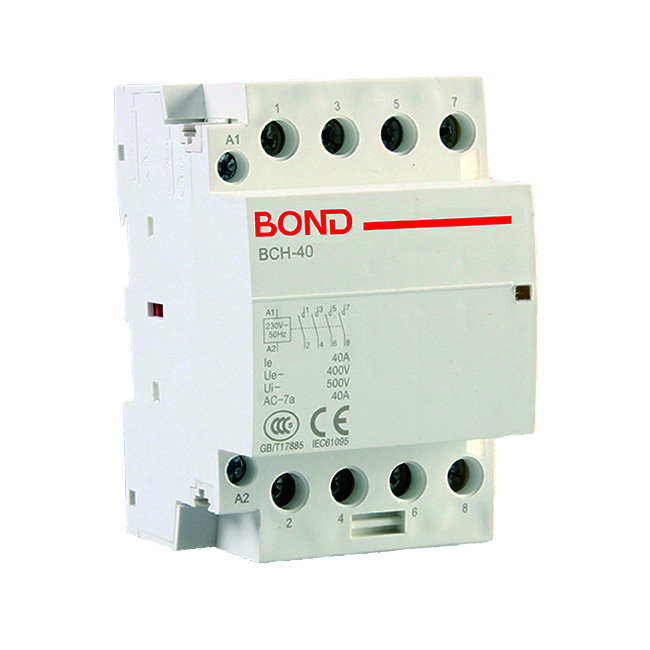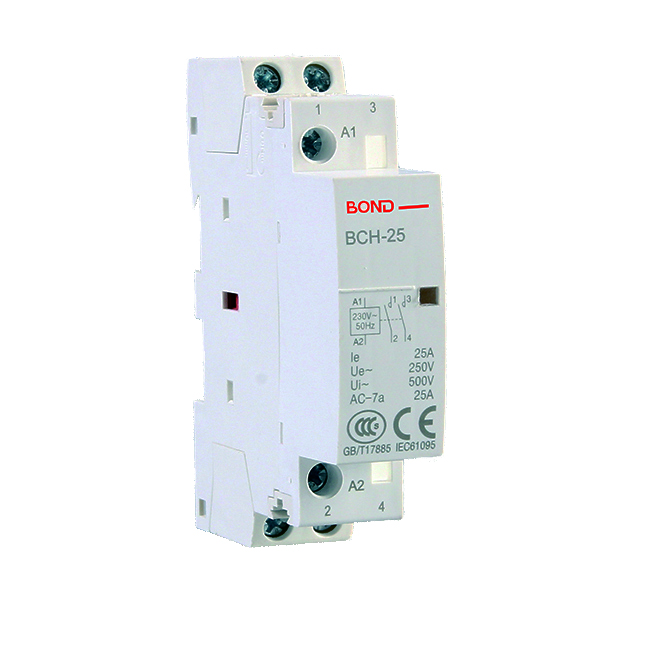Because the frequency band of WiFi is a free frequency band that does not require any telecommunications operation license worldwide, WLAN wireless devices provide a wireless air interface that can be used worldwide, with extremely low cost, and extremely high data bandwidth. Users can quickly browse the web in the WiFi coverage area and answer and make calls anytime, anywhere. And other broadband data applications based on WLAN, such as streaming media, online games and other functions are worthy of user expectations. With the WiFi function, we can make long-distance calls (including international long-distance calls), browse the web, send and receive emails, download music, transfer digital photos, etc., without worrying about the slow speed and high cost. WiFi is more and more widely used on handheld devices, and smart phones are one of them. Different from the Bluetooth technology applied to mobile phones earlier, WiFi has greater coverage and higher transmission rate, so WiFi mobile phones have become the current fashion trend in the mobile communications industry. The coverage of WiFi is becoming more and more extensive in China now, and high-end hotels, luxury residential areas, airports and cafes have WiFi interfaces. When we go to travel and work, we can use our handheld devices to surf the Internet in these places. Special tools for RF testing and system environment simulation are becoming a reality Radio frequency, Radio Frequency, referred to as RF. Radio frequency is radio frequency current, which is an abbreviation of a high-frequency alternating electromagnetic wave. An alternating current that changes less than 1,000 times per second is called a low-frequency current, and more than 10,000 times is called a high-frequency current, and radio frequency is such a high-frequency current. The wireless network based on the IEEE 802.11 standard is well prepared for substantial development in both the number of devices and the scope of application. However, compared with the wired network, the inherent mobility of the wireless network makes the interaction between the physical layer and the protocol layer greatly increase the complexity and the number of tests required to verify a design. Fortunately, various tools that can rationalize this process are constantly emerging. The 802.11a / b / g standard is collectively referred to as WiFi (Wireless Fidelity), which has created a huge growing market among home users. It is found that the wireless solution is home resource sharing Ethernet (such as printers and broadband connections) A simple alternative. In addition, it is also a popular technology for business users who need mobile computing capabilities. According to data from market research company In-Stat, public WLANs (wireless local area networks) or "hot spots" are rapidly gaining popularity among business users and home users. In the first quarter of 2005 alone, global WiFi equipment sales reached US $ 737.6 million, a 15% increase from the same period in 2004. Although the application of WiFi in home and business computer access is still growing, there are also emerging markets for this technology. In-Stat is tracking various emerging applications, such as VoWLAN (Wireless Local Area Network Voice Transmission), using WiFi as a method of consumer electronics connection, and the combination of VoWLAN and mobile phones. Each category represents a market that can match or exceed computer access. The growth of these important markets will enable more designers to face the challenge of WLAN testing for the first time. The knowledge background of many designers is still the traditional wired network, so wireless network testing is a very unusual challenge for them. Compared with traditional networks, WLAN has a radio frequency physical layer interface problem. Complex protocols make testing more cumbersome Many additional features in the WLAN protocol are designed to meet the needs of wireless local area networks (LANs) in terms of dynamic configuration, spatial nature, and mobility, while wired networks do not have these requirements. These requirements add to the complexity of wireless testing. The dynamic configuration of WiFi allows the terminal station to query the AP (access point) for network access and enables the AP to connect to the services it supports. Although wired networks have similar functions, they generally appear in higher-level protocols. WiFi is implemented at the MAC (Media Access Control) layer. When multiple APs are available, the WiFi station must also use "association" to determine which one to use, and the AP must also use "authentication" to determine whether the terminal station is a legitimate user before access is granted. The wired connection has no physical security issues, so no authentication step is required. In a wireless connection, someone might park the car in an area and try to access the Internet for free from here. The spatial characteristics of WiFi can also cause problems, such as "hidden nodes", which are not available in wired networks. When this happens, both station terminals are within the coverage area of ​​an AP, but not within the mutual signal range. Since neither of them can detect the collision, the two stations will repeatedly collide when they try to send a message to the AP. In a wired network, through careful design and installation, the noise level can be controlled at the physical layer, and the switch can divide the network into manageable network segments. But designers of wireless network equipment cannot assume a controllable environment. WiFi shares its frequency band with Bluetooth, portable phones and microwave ovens, and other RF sources. The designer cannot control the number of end stations trying to connect to an AP. The wireless protocol must allow the network to fully adapt to its environment. The mobility of WiFi also puts more functional requirements on devices and protocols, while wired networks do not have these burdens. One of them is that a battery-powered terminal may need to have a power management function to optimize power consumption. For example, when the terminal is close to the AP, the transmission power should be reduced to save energy. Another added protocol function is to dynamically switch between APs during transmission, which is similar to mobile phone roaming. Other additional functions include rate adaptation, that is, the ability to adjust the data transmission rate according to the power of the received signal, thereby optimizing the performance of the entire channel.
BCH series AC Contactor is widely used for household electrical appliances control. Modular AC Contactor is used for remote control switch on and switch off the household electrical appliances which no inductance or with lower inductance loading. Such as electromagnetic oven, motors and other electrical appliances.
Modular AC Contactor mainly used in
AC50Hz/60Hz,rated voltage to 400V,rated current of power system to
100A,AC-1,AC-7a (in no inductance or lower inductance load, resistance furnace,
household appliances and similar lower inductance load) categories. Long
distance switch and control circuit. House use AC Contactor is not used for
breaking short circuit current, so it is necessary to choose suitable circuit
protection electrical equipment for short circuit protection.
Modular AC Contactor Modular AC Contactor,Modular Contactor,Auto Modular AC Contactor,Manual Modular AC Contactors Ningbo Bond Industrial Electric Co., Ltd. , https://www.bondelectro.com
